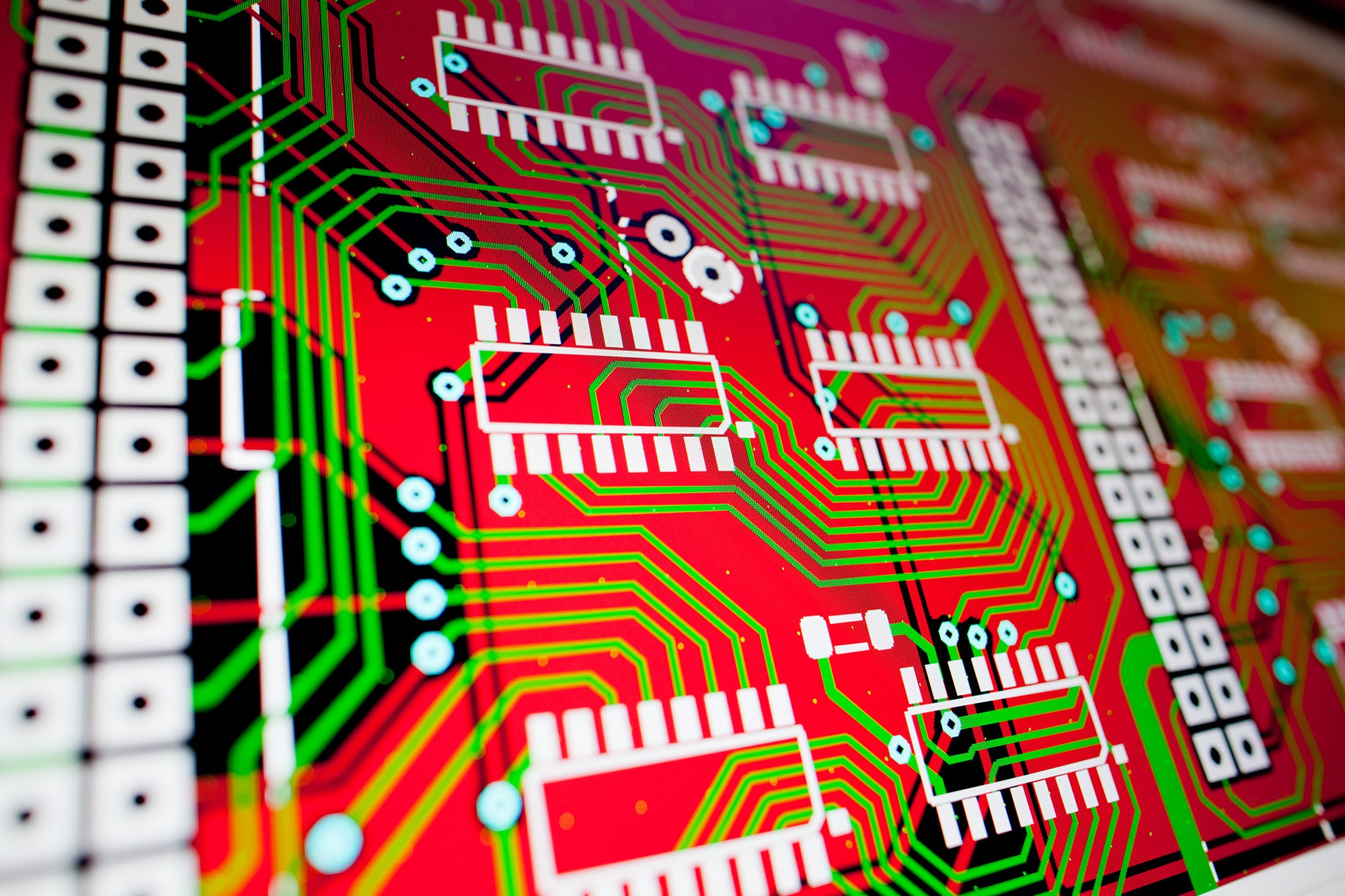
A balance of engineering-led vs product-led design philosophies produces the best results.
Designing a new circuit board or complex ECAD-MCAD device can be overwhelming due to the many factors a design team must weigh. Form, function, cost, features, scope – all elements can make or break a design. There are many design philosophies to consider, but a clarifying one is an engineering-led vs. product-led focus. Design teams can save considerable time and money by implementing the strategy (or portions of the strategy) that best fit their design goals.
Comparing an Engineering-Led vs. Product-Led Approach
Engineering-led vs. product-led strategies exist at opposite ends of the spectrum. The idea is, given a finite limit on project time and funds, designers can choose to invest their efforts and knowledge into improving the technical aspects of the device to improve the features, performance, etc., to increase overall marketability or work better to fit their device to a particular consumer niche. While both are viable options, they compete for project resources – in a perfect world, designs can max out specs, performance, and features while ensuring the end-user suitability fulfills as much of their core demographic as possible. These contrasts are exhibited by the comparison in the table below.
Comparing Engineering-Led vs. Product-Led Designs | ||
| Engineering-Led | Product-Led |
Pros |
|
|
Cons |
|
|
However, engineering-led vs. product-led development does not necessarily need to be in conflict; while these approaches differ, they aim to develop the best device possible. A balanced approach to the strengths and weaknesses of the design strategies can form a complementary solution. Consider the overarching goals of each:
- Engineering-led – This design philosophy aims to improve the device’s innovation, features, and capabilities, i.e., its “hard” selling points.
- Product-led – A design that focuses on meeting user pain points or filling gaps in the market; product-led devices aren’t necessarily cutting-edge but offer some novel approach over other market entries.
Threading the Design Needle With Prototype Variants
For successful PCB development, it would be foolhardy not to prioritize component library and PCB layout best practices or minimize engineering efficiency. It is similarly unwise to pursue an only engineering-led or product-led design. A purely engineering-led design might be over budget, with features deemed unnecessary by the target audience. A purely product-led design can be reactionary based on a limited solution-oriented niche that reduces the device’s scope and potential market share.
Designers can and should weigh multiple design options during the prototyping phase. By investing effort into design variants, teams can explore multiple viable circuit board or electronic product ideas without committing to the full-scale production volume manufacturing time and cost that each would require. Maintaining multiple ongoing prototypes can be challenging, especially for teams and cross-discipline development, but it also helps balance engineering insights and customer needs. While there may be a greater upfront commitment in time and cost for design and development, the integration of engineering-led and product-led design strategies into a unified product that best fulfills the market need while offering exciting and requisite performance is the result.
How to Best Explore Design Strategy Variations
Framing engineering-led vs. product-led initiatives during product development can be a helpful method to balance designs and avoid overcommitment to scope or niche marketability. Ultimately, designers need the best component resources that seamlessly allow you to optimize the effectiveness of your PCB design software tool. This includes the ability to confidently alter designs not only for team or ECAD/MCAD workflow reasons but also for external factors such as the changing cost and availability of components that can rapidly alter profitability margins and lead to design revisions with tight deadlines.
If you’re looking for CAD models for common components or insights on engineering-led vs product-led design strategies, Ultra Librarian helps by compiling all your sourcing and CAD information in one place.
Working with Ultra Librarian sets up your team for success to ensure streamlined and error-free design, production, and sourcing. Register today for free.
